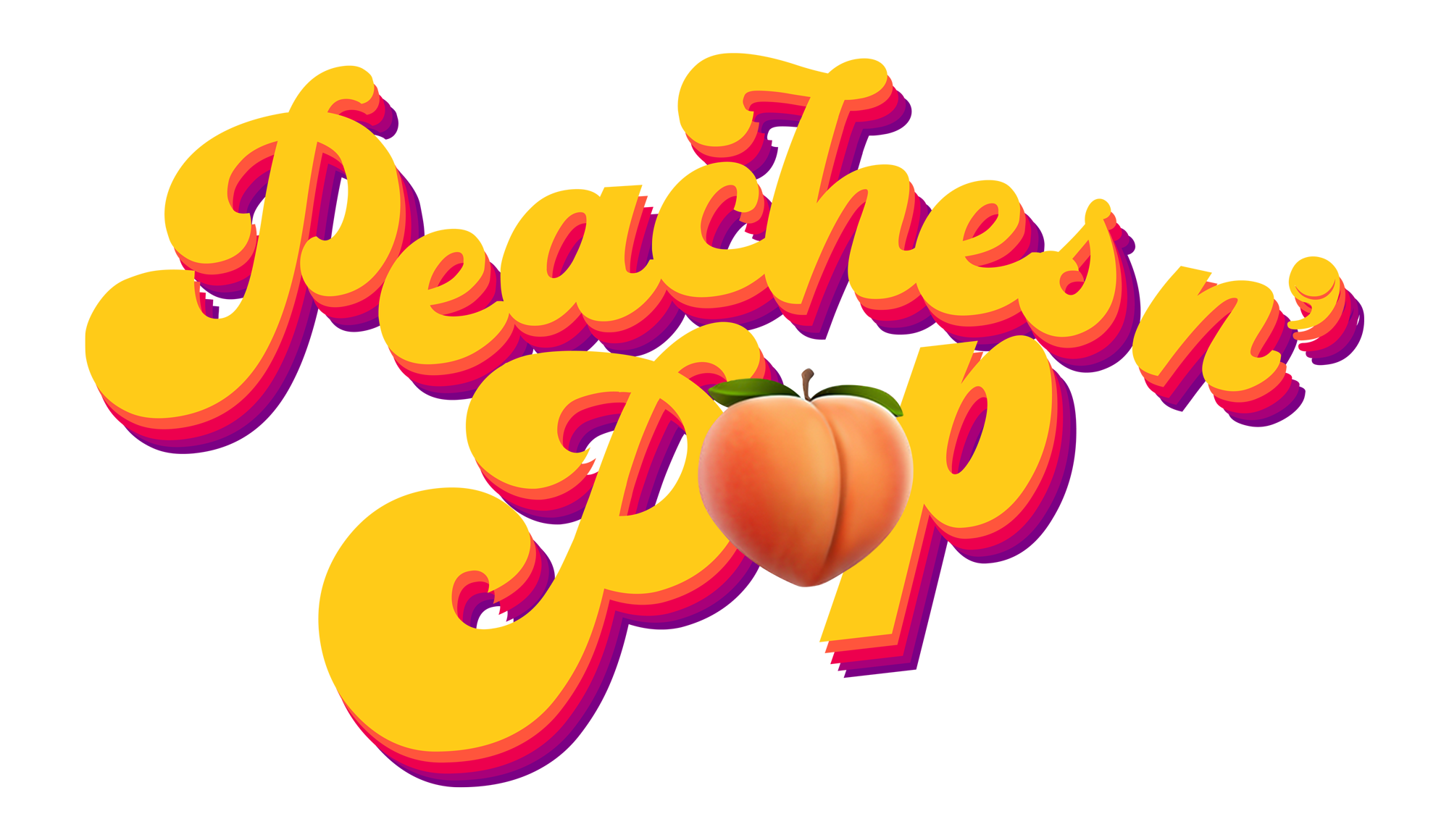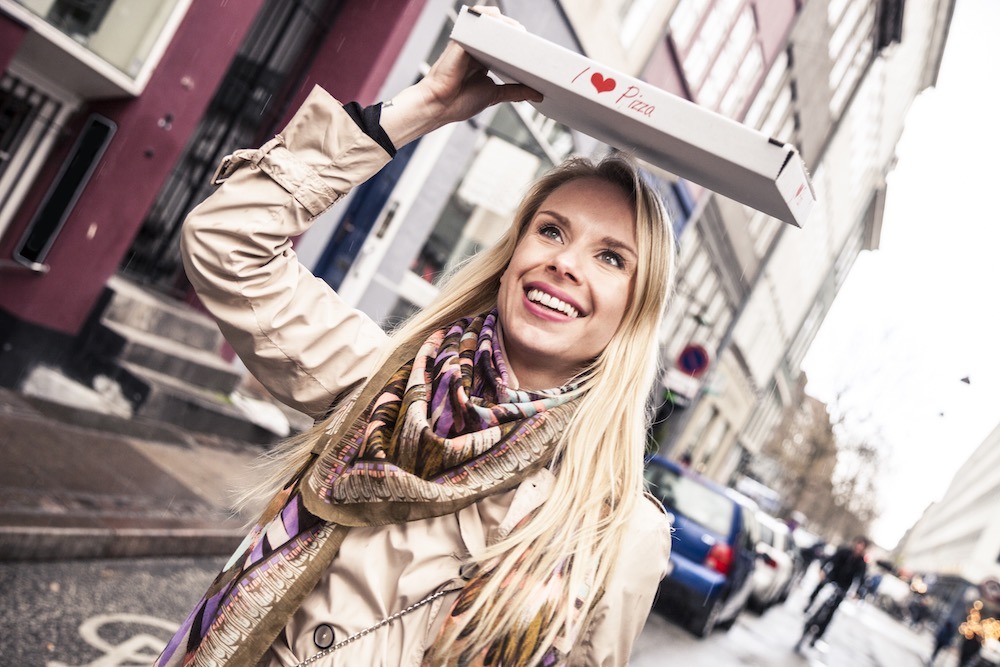- Pizza Hut plans to take a “tech-first approach” to ecommerce, and part of that involves analyzing how weather patterns affect pizza purchases.
- In its bid to better compete with Domino’s, the company will use artificial intelligence and machine learning to analyze customer behavior.
Related: Why pizza restaurants need digital marketing technology
Does the weather have an impact on consumers’ pizza choices? Tristan Burns, Pizza Hut’s global head of analytics, wants to find out, with a little help from artificial intelligence (AI) and machine learning.
In an interview with VentureBeat, Burns said Pizza Hut is “in the early stages of an AI journey.” The company, which spearheaded the online ordering revolution but has since lost ground to its rival, Domino’s, has some catching up to do, Burns admitted. “While Pizza Hut was quite early to the ecommerce game, I think no one would mind me saying we were kind of eclipsed by Domino’s in the 2000s. They came out swinging, saying they were a tech company that makes pizzas and [using] some pretty innovative technologies.”
Pizza Hut Digital Ventures aims to bring the chain up to speed by “taking a tech-first approach to redesigning, reimagining and recreating our ecommerce capabilities,” Burns said in the interview. “We’re in the process of building and scaling out some pretty robust solutions. It’s a very, very data-centric and very customer-centric approach.”
Burns said AI and machine learning will be used to analyze customer behavior. Factors to be considered, he said, include “who customers are, where in the world they are, what the weather might be at their location, and then surface relevant product recommendations to them during their experience.”
According to a 2011 Restaurant Operator Survey by the National Restaurant Association, more than 90 percent of restaurant operators said changes in the weather impacted their business. Ninety-six percent of fast-casual operators and 98 percent of quick-service operators noted the effect of weather on their business.
“Weather affects various operations differently,” the association’s research senior VP Hudson Riehle said at the time. “Say you have a destination restaurant and the weather conditions where it is located are bad. Obviously, sales volume will suffer. Conversely, if a restaurant is located in a shopping center, those same conditions could actually boost sales, especially if the weather causes more consumers to spend their time shopping.”
Riehle noted that weather forecasts also make a difference. Customers might avoid a weekend destination location if bad weather has been predicted for the area.
All of which seems like common sense, of course. As Everyday Health reported earlier this year, cooler temperatures and reduced daylight hours affect our appetites, “triggering biological changes that stimulate hunger and increase cravings for more energy-dense [read: higher-calorie] food.” One study found that participants take in an average of 86 more calories per day in the fall as compared to the spring and consumed more fat and saturated fat in the winter months.
Although Burns offered no details in the VentureBeat interview, presumably Pizza Hut’s AI technology will examine the weather in certain locations and compare it to what customers order, all for the purpose of predicting consumers’ pizza preferences when those weather conditions return later.
Burns said Pizza Hut will use data and analytics to “improve our daily decision-making, and conversion rate optimization (CRO) is a huge part of that. We’re probably in the early- to mid-stages of a new CRO-led approach to designing our digital experiences … We’re in a position now where we have to be really conscious of data and what the customer needs, and experimentation is a really big part of that for us now going forward. We’re becoming a lot more mature in making sure that we test and validate with data and user research.”





